The Run of His Life: The People v. O. J. Simpson - [12]
Less than three years later, a passerby videotaped LAPD officers beating unarmed motorist Rodney King. On April 30, 1992, the four officers who administered the beating were acquitted in a trial that had been moved from downtown Los Angeles to the rustic (and largely white) Simi Valley. As it had in 1965, the city once again erupted in a riot of protest, rage, and frustration. A blue-ribbon commission, headed by future secretary of state Warren Christopher, after studying the King beating and its aftermath, delivered a deadpan verdict that was many years in coming. “The problem of excessive force is aggravated by racism and bias within the LAPD,” the Christopher commission concluded. “These attitudes of prejudice and intolerance are translated into unacceptable behavior in the field.”
At 12:30 A.M. on June 13, Officer Robert Riske telephoned news of the two homicides to his supervisor, David Rossi, the sergeant in charge of the West Los Angeles station at the time. Rossi promptly made a half dozen phone calls around the LAPD chain of command, setting in motion the police response to the crimes. In an ordinary case, even a homicide, Rossi would probably have made only two calls-to the detective on duty, who would investigate the scene, and to his own commander. But Rossi’s supervisor immediately told him to reach higher in the command structure because of, as Rossi later put it, “the possible notoriety of this particular incident.”
A steady stream of officers began converging on the murder scene at 875 South Bundy. Sergeant Marty Coon was the first supervisor to arrive. Riske and his partner put up yellow crime-scene tape to block access to this block on Bundy and to the back alley. Additional officers came to make sure no one passed through the tape. A squad car arrived to take the two children to the West L.A. station, and two more officers began walking through the alley, searching garbage pails for possible evidence and knocking on doors in an effort to find witnesses. By the time David Rossi arrived at the scene at 1:30 A.M., the tape was up and the scene quiet. Moments later, Rossi’s boss, Captain Constance Dial, arrived as well. Riske took Coon and Rossi for a quick tour. Standing on the landing by the front door, Rossi saw what Riske had seen: the two bodies, the trail of blood heading toward the alley, the envelope, the knit hat, and the single leather glove.
Before leaving the station for the crime scene, Rossi had reached the chief of the West L.A. detective-homicide unit that would be in charge of the investigation, Ron Phillips, at home. A twenty-eight-year veteran of the LAPD, Phillips no longer investigated crimes himself; rather, it was his responsibility to visit the crime scene, talk with the uniformed officers who had discovered the bodies, and assign the case to one of the four homicide detectives who worked under him.
In the early morning hours of June 13, Phillips’s on-call detective for the next case was Mark Fuhrman, who would be assisted by his more junior partner, Brad Roberts. Phillips called Fuhrman and Roberts at their respective homes and told them to meet him at the West L.A. station. Roberts couldn’t get to the station as quickly as the other two, so when Phillips and Fuhrman met there at shortly before 2:00, they took an unmarked police car and proceeded together to the murder scene. They arrived at about 2:10 A.M. As Fuhrman approached the scene, he wore a shirt and tie but no jacket. According to the crime-scene log, Detective Mark Fuhrman was the seventeenth police officer to arrive at 875 South Bundy Drive.
Riske met Phillips and Fuhrman at the front of the house on Bundy and took them on a tour of the scene. They walked together toward the front door and hunched together in the shrubbery to the left of the pathway while Riske shined his high-powered flashlight on the female victim’s body. But because the front pathway was so covered with blood, the three men decided not to try to tiptoe around it and up the stairs, as Riske had done when he first discovered the scene, but instead walked around the block, via Dorothy Street, to the back alley. Rossi was waiting for them in the alley, and he pointed out some blood on the rear gate to Phillips. Riske, Phillips, and Fuhrman then entered the house through the garage, passing a black Jeep Cherokee and a white Ferrari, and then walked up a short flight of stairs. On the bannister next to the stairs there was a partially eaten cup of Ben & Jerry’s ice cream-Chocolate Chip Cookie Dough in flavor.
Riske led the two detectives through the house, including the second floor, and then back to the landing. There Phillips and Fuhrman could see the two bodies in front and the bloody shoe prints on the walkway leading to the back alley. Riske shined his flashlight around the scene once more, pointing out for the detectives the envelope as well as the hat and the glove, which were partially obscured by the foliage. They went back into the house and left through a door that opened onto the walkway that ran along the northern edge of the property. Riske showed them at close range the bloody shoe prints with the blood drops to the left. The three men then went out the back gate, which was, Riske pointed out, also stained with blood, especially on the handle.
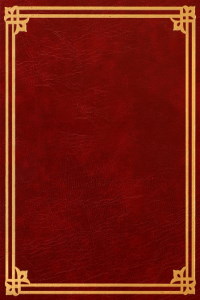
В книге рассказывается история главного героя, который сталкивается с различными проблемами и препятствиями на протяжении всего своего путешествия. По пути он встречает множество второстепенных персонажей, которые играют важные роли в истории. Благодаря опыту главного героя книга исследует такие темы, как любовь, потеря, надежда и стойкость. По мере того, как главный герой преодолевает свои трудности, он усваивает ценные уроки жизни и растет как личность.
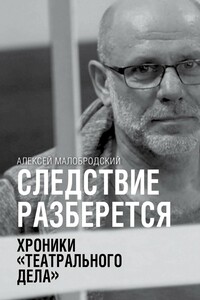
Автор, один из фигурантов громкого «театрального дела» режиссёра Кирилла Серебренникова, рассказывает историю своего «сопротивления». Книга эта – одновременно и триллер, и крутой детектив, и готический роман ужасов, это и жесткий памфлет, и автобиография. Но как бы ни определить её жанр, это повествование о стойкости, верности убеждениям и своему делу.
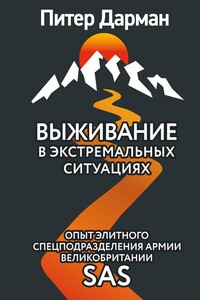
«Чтобы выжить, вам необходимо овладеть искусством выживания, особенно психологическим его аспектом, поскольку от этого в конечном счете и зависит, останетесь вы в живых или погибнете», — говорит Питер Дарман. В его книге «Выживание в экстремальных ситуациях» собран опыт элитных подразделений, таких как SAS и «Морские котики» США. В основе выживания лежат самые простые вещи: правильное использование одежды, инструментов, подсобных предметов и, главное, ваша психологическая готовность. Автор рассказывает о том, как выжить в различных нештатных ситуациях: в пустыне, тайге, джунглях, на Крайнем Севере.
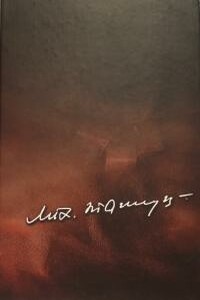
"Великий человек, яркая личность, Божий дар Беларуси" - так Михаила Николаевича Пташука называли еще при жизни наши современники и с любовью отмечали его уникальный вклад в развитие отечественного, российского и мирового кинематографа. Вклад, требующий пристального внимания и изучения. "И плач, и слёзы..." - автобиографическая повесть художника.
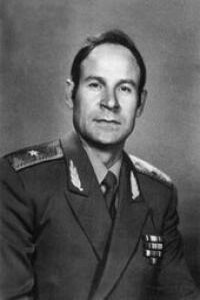
В книге рассказывается история главного героя, который сталкивается с различными проблемами и препятствиями на протяжении всего своего путешествия. По пути он встречает множество второстепенных персонажей, которые играют важные роли в истории. Благодаря опыту главного героя книга исследует такие темы, как любовь, потеря, надежда и стойкость. По мере того, как главный герой преодолевает свои трудности, он усваивает ценные уроки жизни и растет как личность.
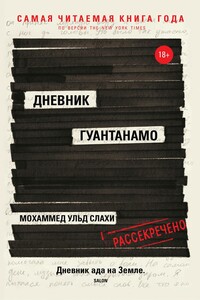
Тюрьма в Гуантанамо — самое охраняемое место на Земле. Это лагерь для лиц, обвиняемых властями США в различных тяжких преступлениях, в частности в терроризме, ведении войны на стороне противника. Тюрьма в Гуантанамо отличается от обычной тюрьмы особыми условиями содержания. Все заключенные находятся в одиночных камерах, а самих заключенных — не более 50 человек. Тюрьму охраняют 2000 военных. В прошлом тюрьма в Гуантанамо была настоящей лабораторией пыток; в ней применялись пытки музыкой, холодом, водой и лишением сна.